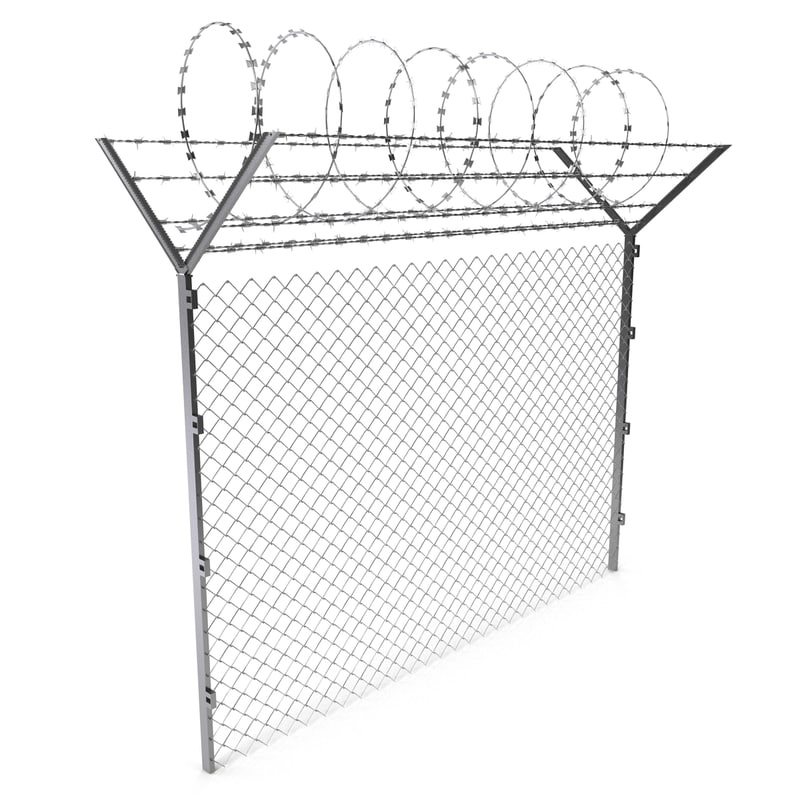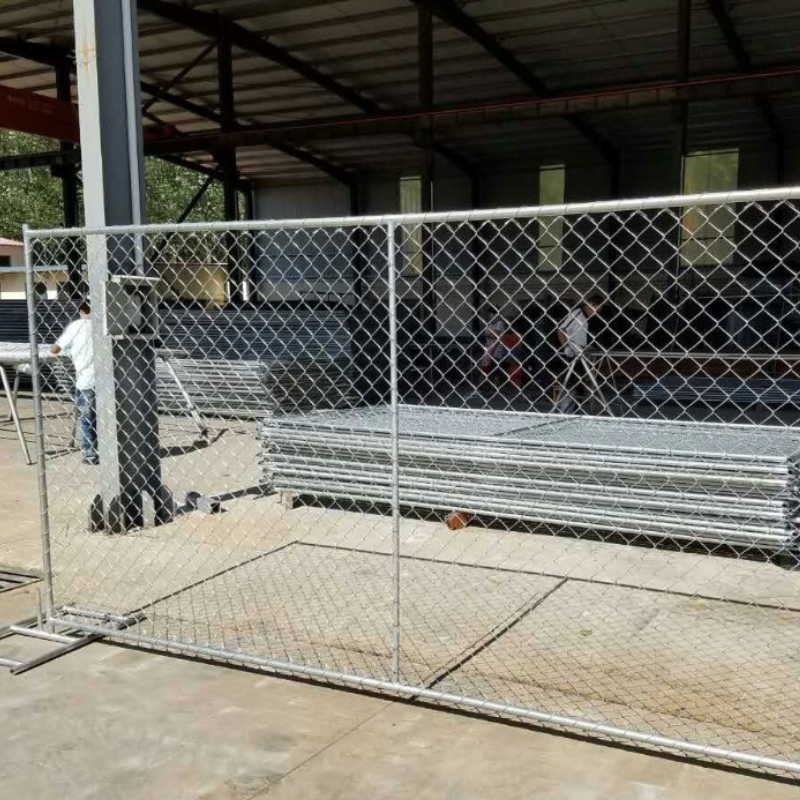Chain link fence
Chain-Link Fence Specifications and Applications
Chain-link fences are versatile, cost-effective barriers made of interwoven steel wires, widely used for security, containment, and boundary marking. Below are their key specifications, materials, and applications:
- Product Details
- Technical Specification
1. Specifications
A. Material
Galvanized Steel: Most common; zinc-coated for rust resistance (Class 1–3, with Class 3 offering the highest corrosion protection).
Vinyl-Coated Steel: PVC-coated for added weather resistance and color options (e.g., black, green).
Stainless Steel: Used in coastal or highly corrosive environments.
Aluminum: Lightweight and rust-proof for low-security applications.
B. Gauge (Wire Thickness)
9 Gauge: 3.8 mm – Heavy-duty for high-security areas (e.g., prisons, industrial sites).
11 Gauge: 2.7 mm – Standard for residential and commercial use.
12 Gauge: 2.3 mm – Lightweight for temporary fencing.
C. Mesh Size
1" (25 mm): Small openings for small animal containment (e.g., dogs, poultry).
2" (50 mm): Standard size for general-purpose fencing.
3" (75 mm): Larger gaps for cost-effective boundary marking.
D. Height
Residential: 3–6 ft (0.9–1.8 m).
Commercial/Industrial: 6–12 ft (1.8–3.6 m).
High-Security: 12+ ft (3.6+ m) with barbed wire toppings.
E. Coating
Hot-Dip Galvanized: ≥245 g/m² zinc coating for durability.
PVC Coating: 0.5–1.0 mm thickness for UV and abrasion resistance.
F. Tensile Strength
Standard: 40,000–80,000 psi.
High-Tensile: Up to 100,000 psi for enhanced durability.
2. Components
Fabric: Interwoven diamond-pattern wire mesh.
Posts:
Terminal Posts: Corner/end posts (2.5–4" diameter steel or aluminum).
Line Posts: Intermediate supports (1.5–2.5" diameter).
Top Rail: Horizontal support (1–2" diameter).
Tension Wire: Secures the fabric to the posts.
Accessories:
Barbed Wire: Added to the top for security.
Privacy Slats: Inserted into the mesh for visual screening.
Gates: Swing or sliding options (match fence height/material).
3. Applications:
详见表格
4. Installation
Post Spacing: 8–10 ft apart for line posts.
Concrete Footings: Required for terminal posts in permanent installations.
Anchoring: Use ground spikes or weighted bases for temporary setups.
5. Advantages
Cost-Effective: Cheaper than wood, wrought iron, or welded mesh.
Durability: Lasts 15–20+ years with galvanized/PVC coating.
Low Maintenance: Resists rot, pests, and weathering.
Visibility: Allows airflow and light while marking boundaries.
6. Limitations
Privacy: Requires slats or screens for visual obstruction.
Aesthetics: Less decorative than ornamental iron or wood.
Security: Easily cut without reinforced toppings (e.g., barbed wire).
| Use Case | Recommended Specifications |
| Residential Yards | 11 gauge, 4–6 ft height, vinyl-coated |
| Playgrounds/Schools | 9 gauge, 6 ft height, PVC-coated |
| Construction Sites | 12 gauge, 6 ft height, galvanized (temporary) |
| Industrial Security | 9 gauge, 10–12 ft height + barbed wire |
| Animal Enclosures | 1" mesh, 6–8 ft height, galvanized steel |
| Sports Fields | 2" mesh, 10–12 ft height (baseball, tennis) |

 barbed wire
barbed wire 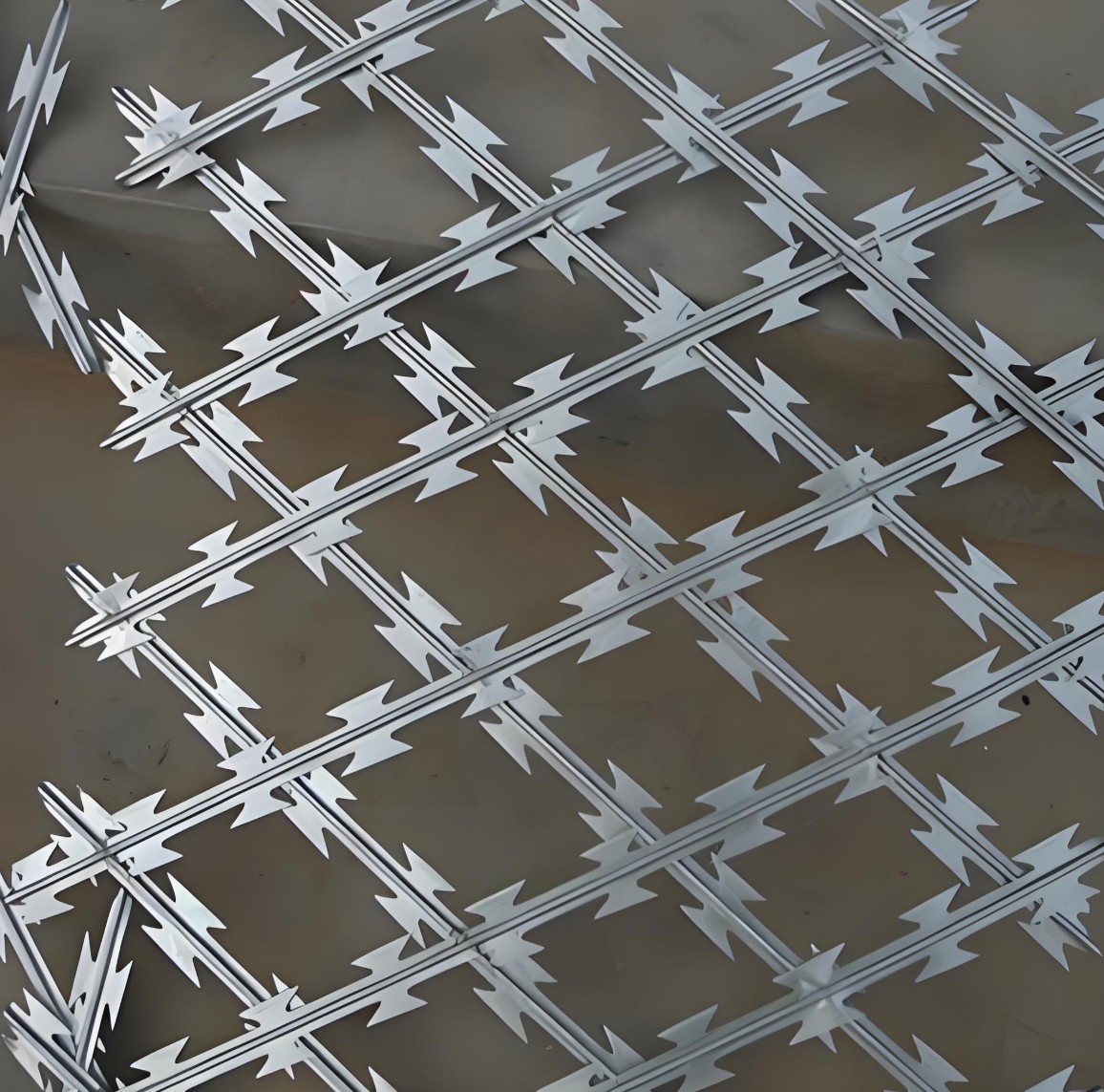 Razor wire
Razor wire 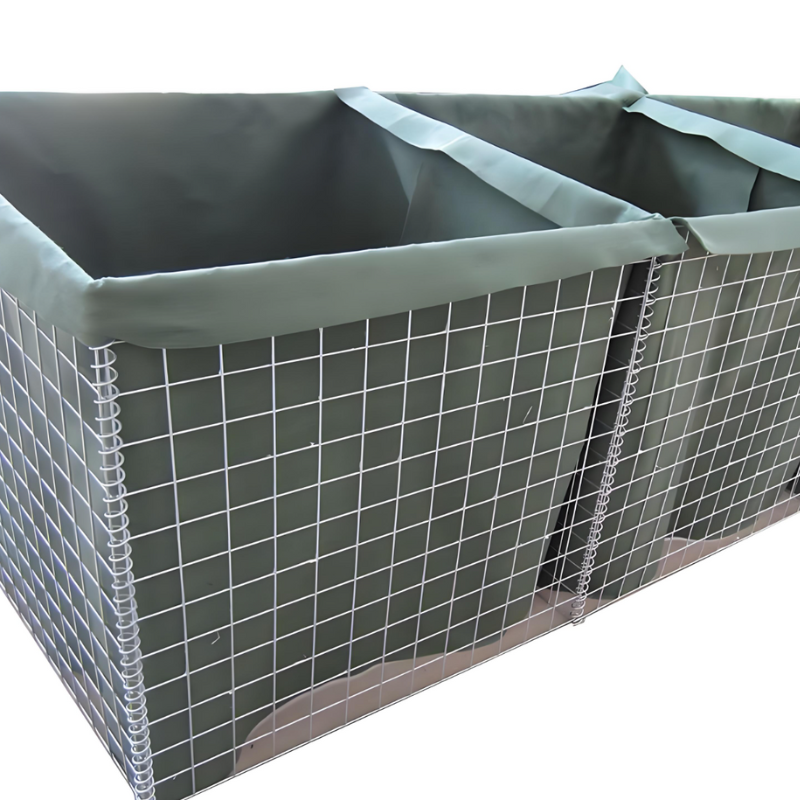 Defensive barrier
Defensive barrier  Putanka wire
Putanka wire  metal fence
metal fence 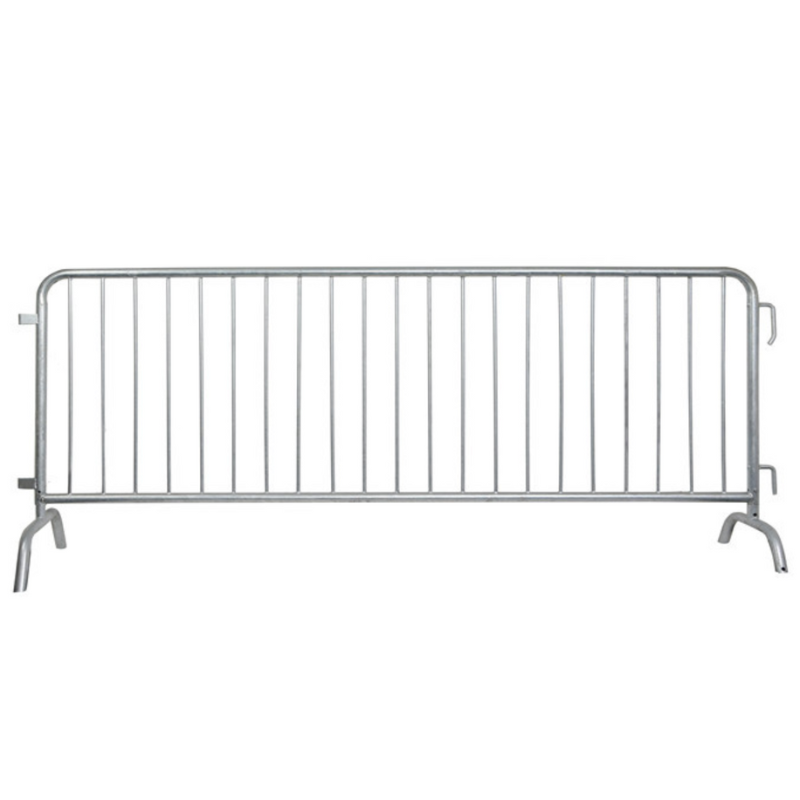 Temporary fence
Temporary fence 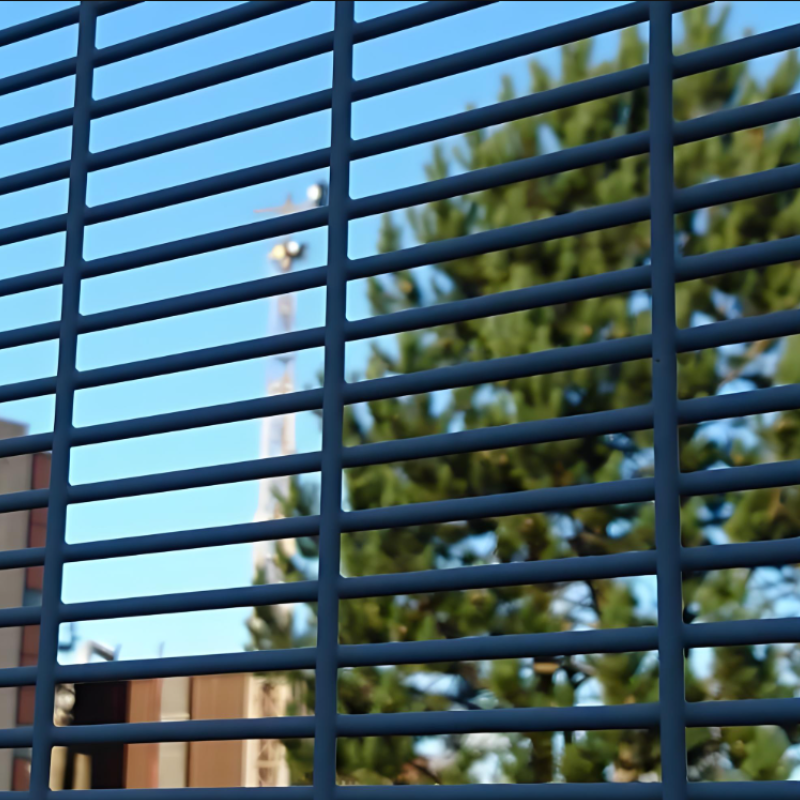 Security fence
Security fence 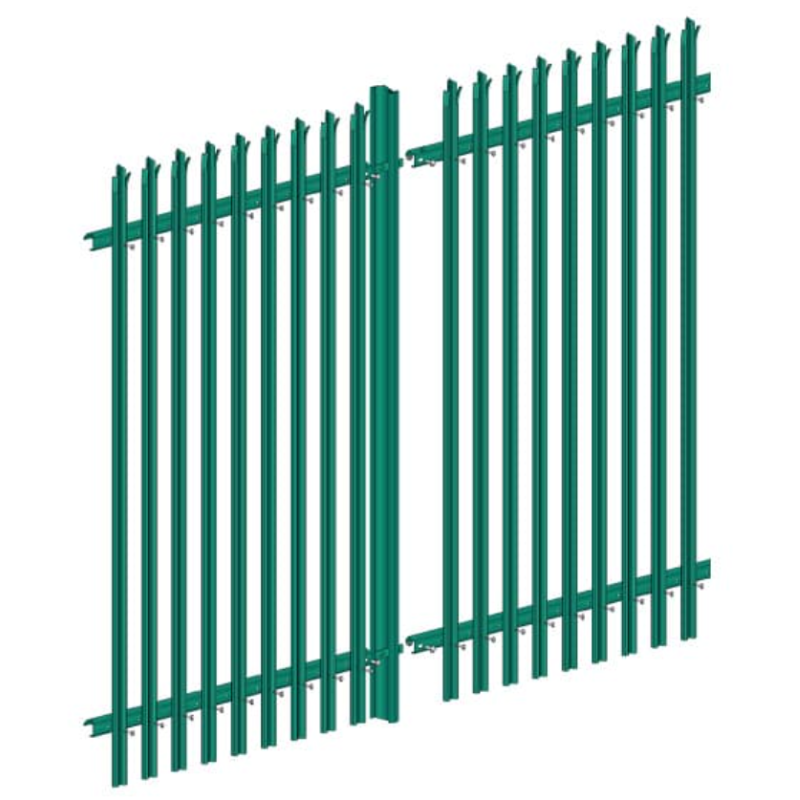 Palisade tence
Palisade tence 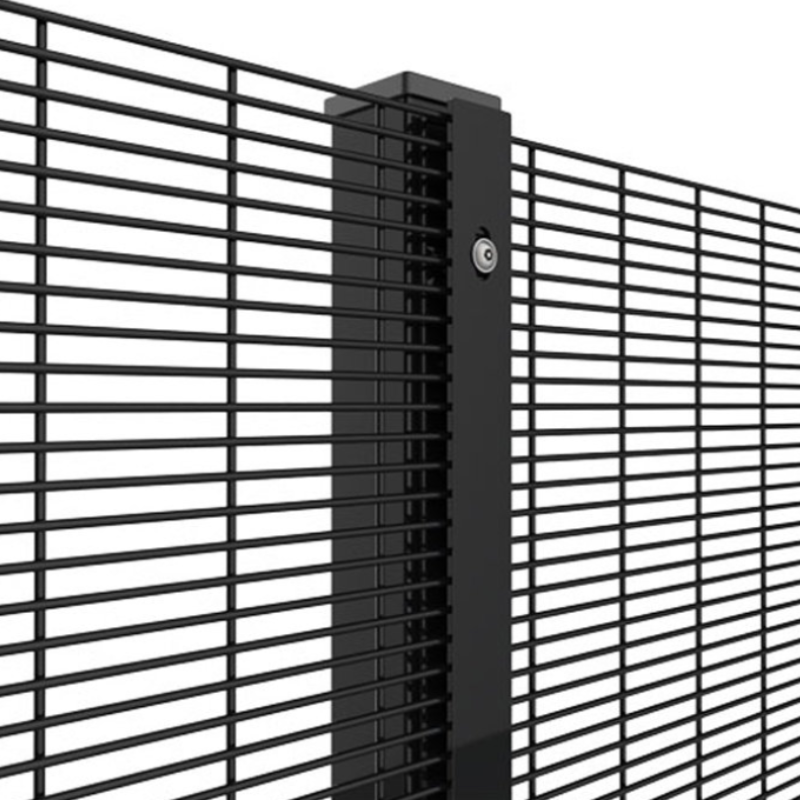 Anti climb fence
Anti climb fence 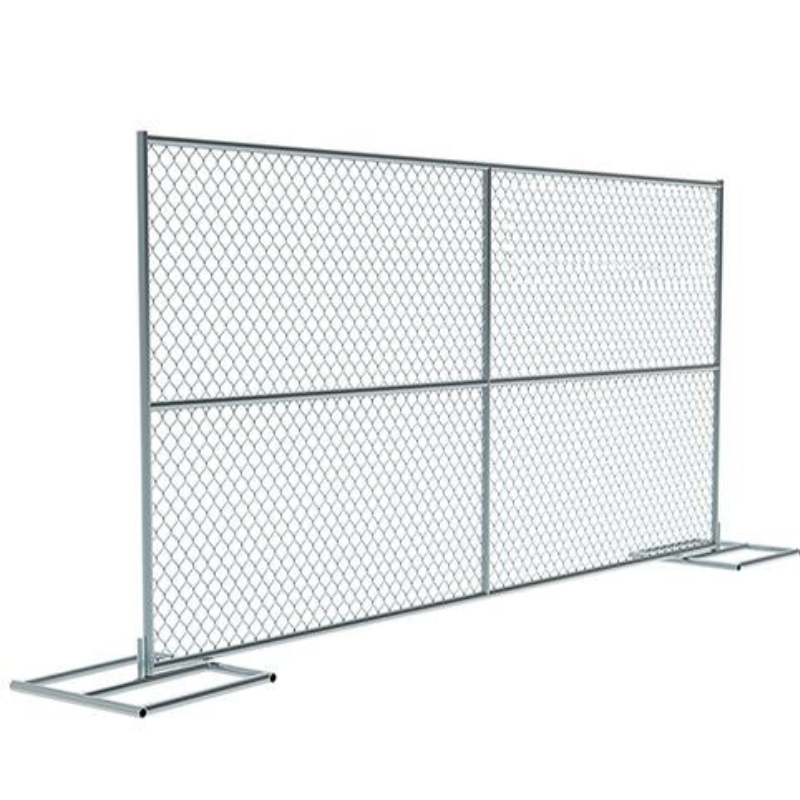 Chain link fence
Chain link fence  Aluminum fence
Aluminum fence 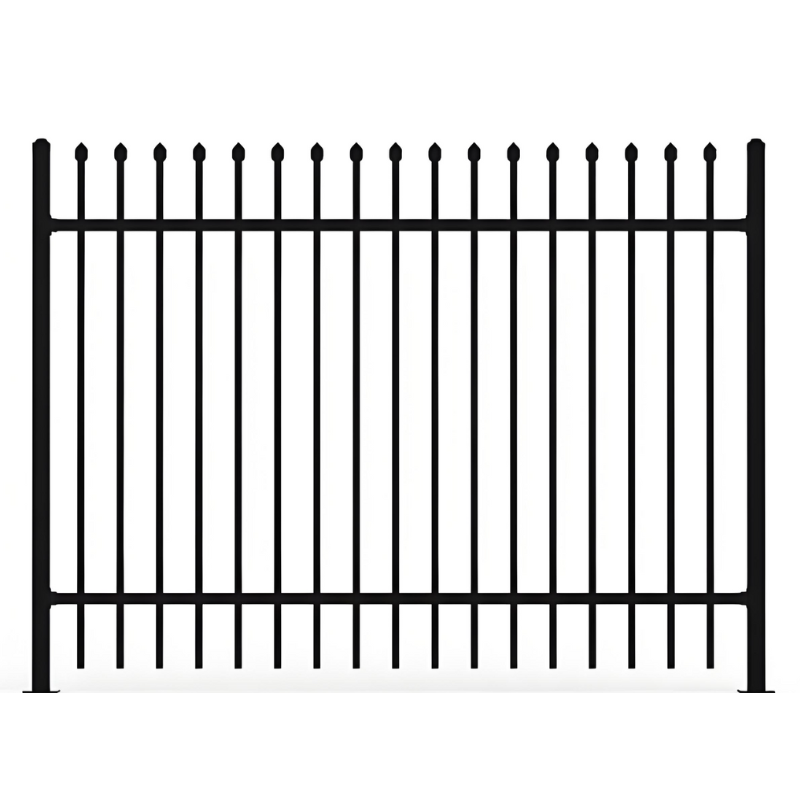 Ornamental fence-12
Ornamental fence-12 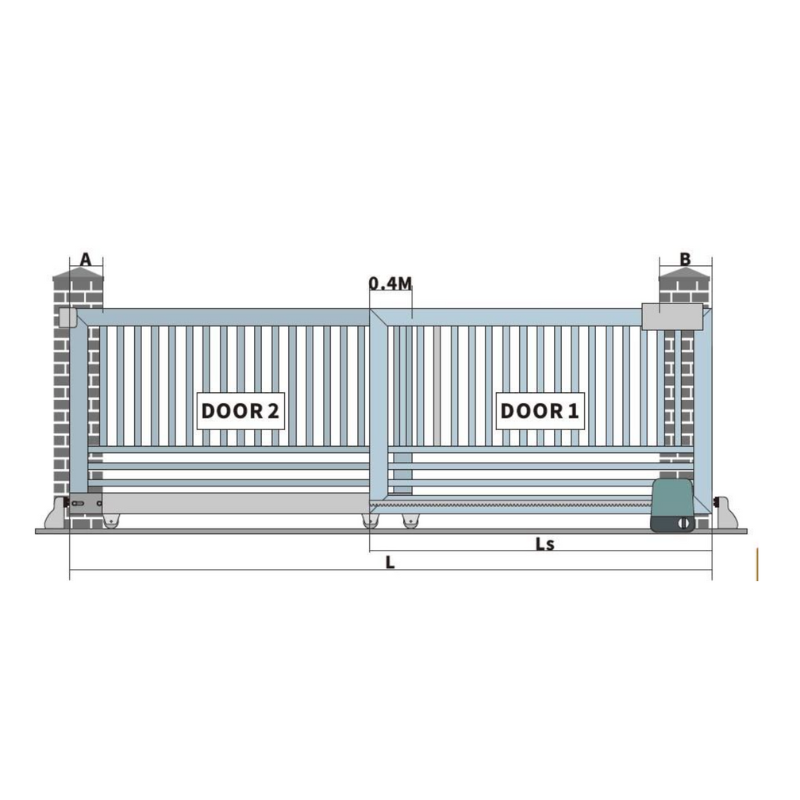 Metal fence gate
Metal fence gate 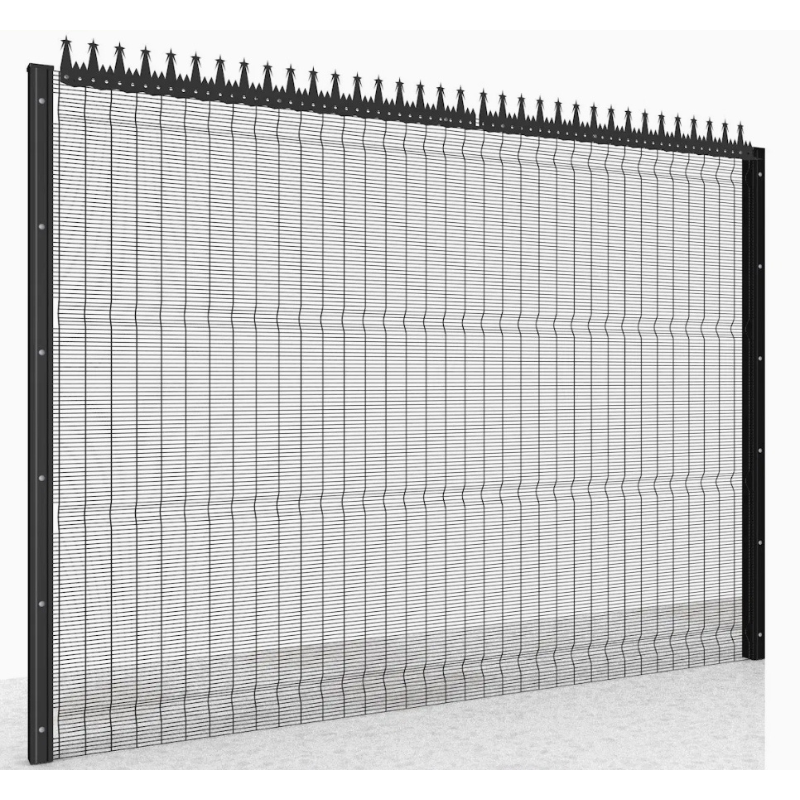 Fence spikes
Fence spikes 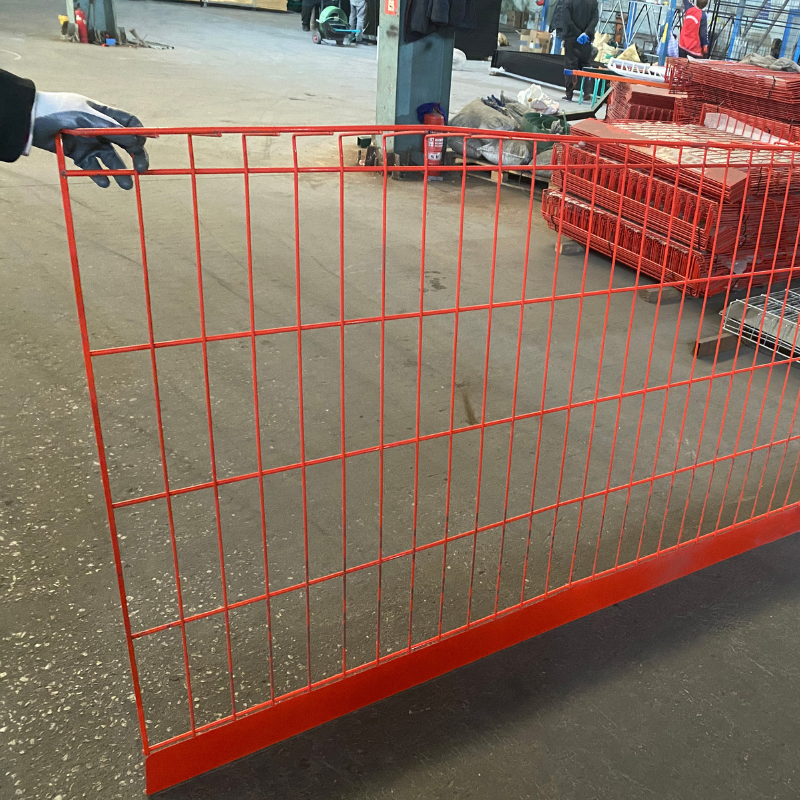 Edge protection barriers
Edge protection barriers 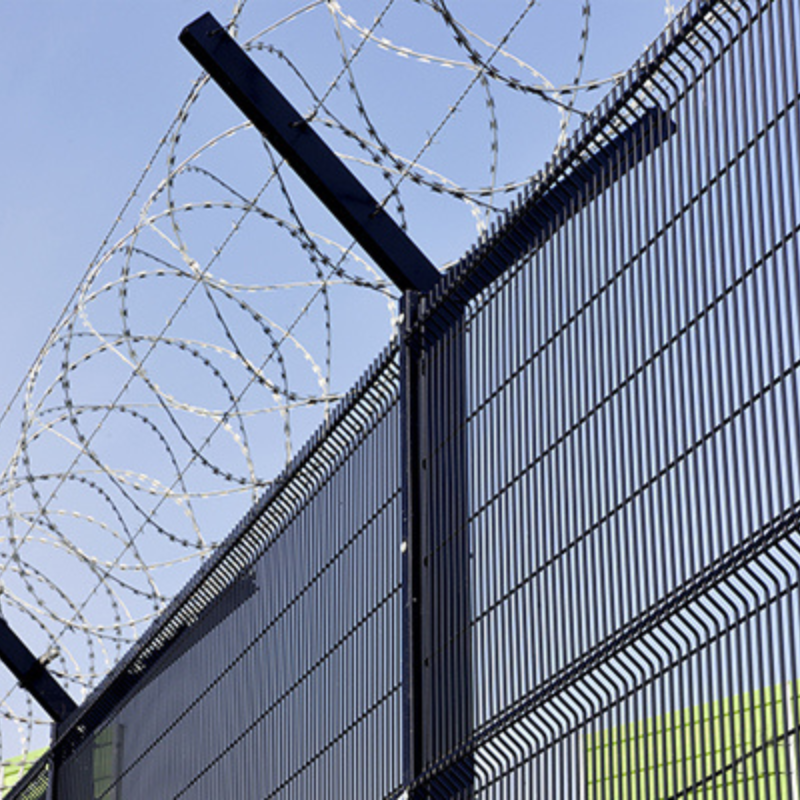 Airport Perimeter Fencing
Airport Perimeter Fencing 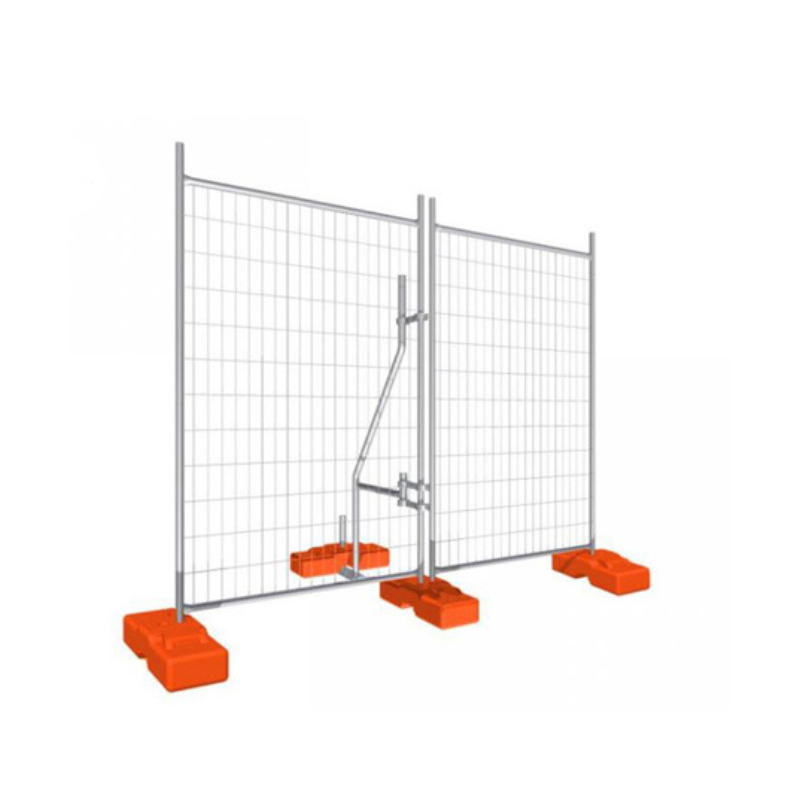 Temporary Fence System
Temporary Fence System  Barbed Wire Fencing
Barbed Wire Fencing 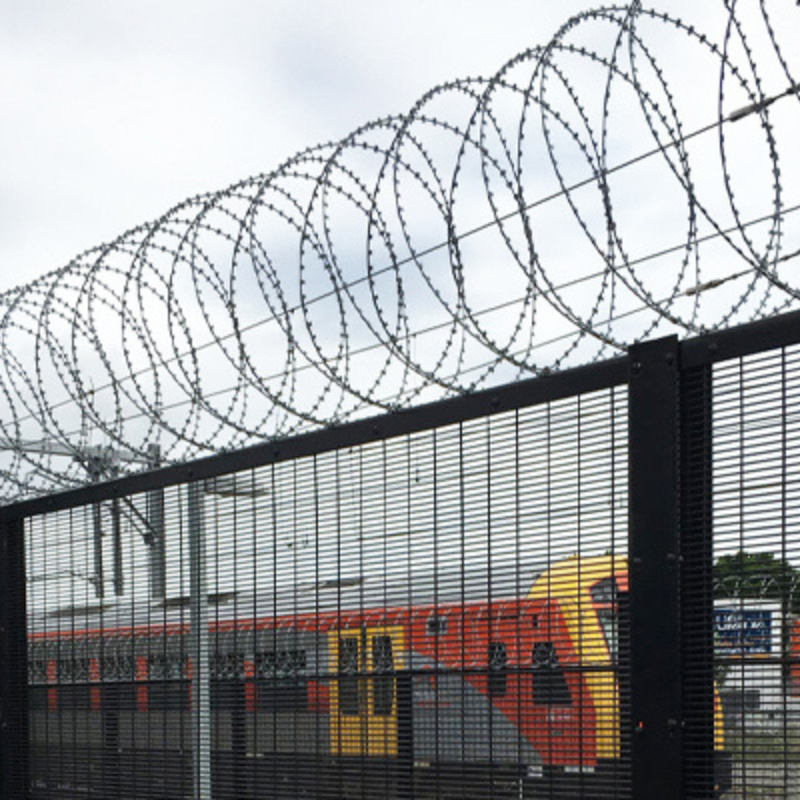 Prison Security Fencing
Prison Security Fencing 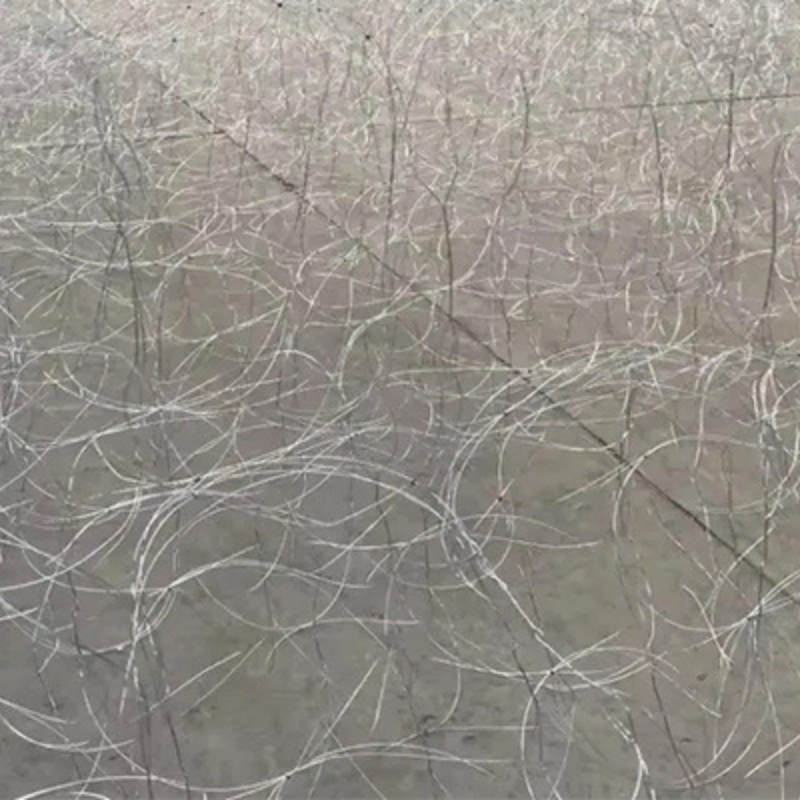 MZP Putanka Wire
MZP Putanka Wire  Rapid Deployment Barrier System
Rapid Deployment Barrier System 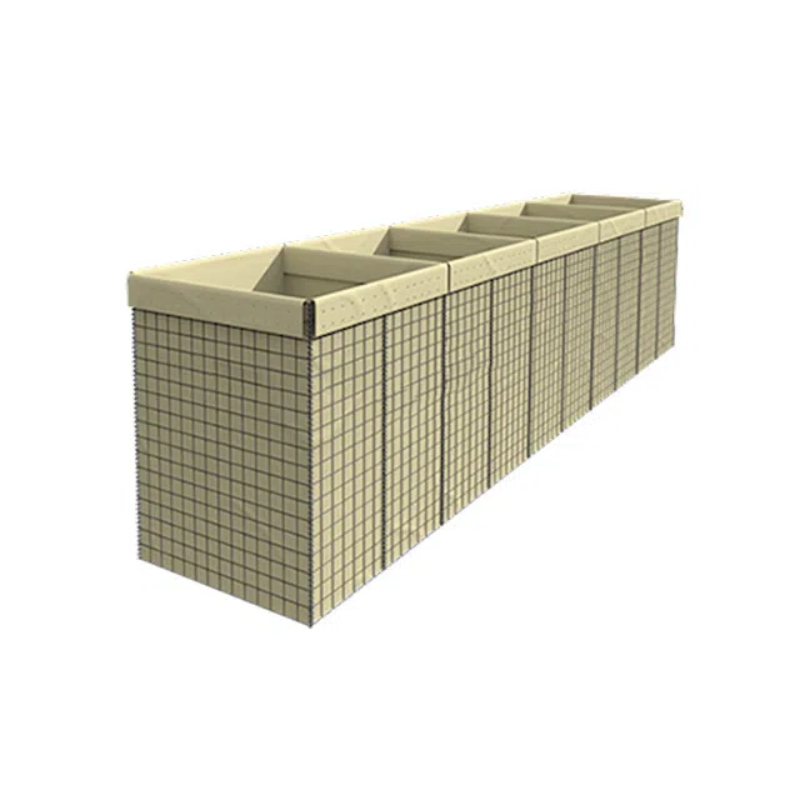 Military Defensive Solution
Military Defensive Solution 